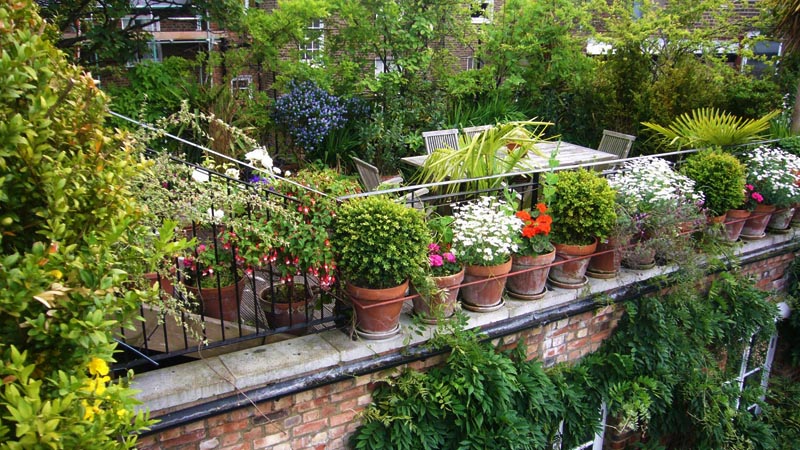 Roof garden, also known as a rooftop Garden, is a green space created on the roof of a building. These Rooftop garden can vary in size and complexity, from simple container gardens to fully landscaped areas featuring trees, shrubs, and even small ponds. Here are some key aspects:
Roof garden, also known as a rooftop Garden, is a green space created on the roof of a building. These Rooftop garden can vary in size and complexity, from simple container gardens to fully landscaped areas featuring trees, shrubs, and even small ponds. Here are some key aspects:
Benefits of Rooftop Garden
- Environmental Impact:
- Urban Heat Reduction: Roof gardens help cool urban areas, reducing the heat island effect.
- Improved Air Quality: Plants can filter pollutants and produce oxygen.
- Stormwater Management:
- Roof gardens absorb rainwater, reducing runoff and lowering the risk of flooding.
- Energy Efficiency:
- They can insulate buildings, lowering heating and cooling costs.
- Biodiversity:
- Provide habitats for birds, bees, and other wildlife in urban settings.
- Aesthetic Appeal:
- Enhance the visual appeal of buildings, offering beautiful views for residents and visitors.
- Food Production:
- Many rooftop gardens incorporate vegetable and herb gardens, promoting urban agriculture.
Design Considerations of Rooftop Garden
- Weight and Structural Integrity: The building must be able to support the additional weight of soil, plants, and water.
- Accessibility: Creating paths or sitting areas for enjoyment and maintenance.
- Irrigation Systems: Consideration of efficient watering methods, such as drip irrigation.
- Plant Selection: Choosing drought-resistant plants or native species to reduce maintenance.
Types of Rooftop Gardens
- Extensive Roof Gardens:
- Lightweight systems with shallow soil depths, typically featuring hardy plants like sedums and grasses.
- Intensive Roof Gardens:
- More complex designs with deeper soil, allowing for a wider variety of plants, including shrubs and trees, as well as seating areas and walkways.
- Green Roof Systems:
- Engineered systems designed for easy installation and maintenance, often used in urban development.
Maintenance of Rooftop Garden
Regular maintenance is essential, including watering, pruning, and pest control. Many roof gardens also require periodic soil replenishment and plant replacement.
In summary, roof gardens offer a range of environmental, aesthetic, and personal benefits, making them an increasingly popular choice in urban architecture. They transform otherwise unused spaces into vibrant green areas that contribute positively to city life.

